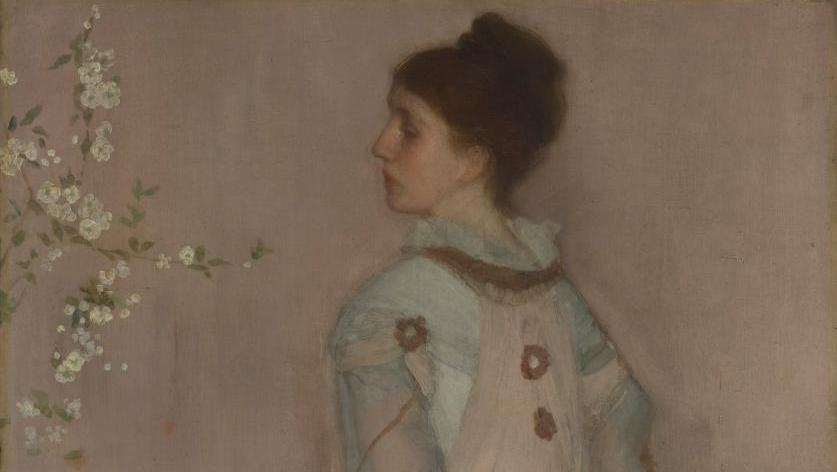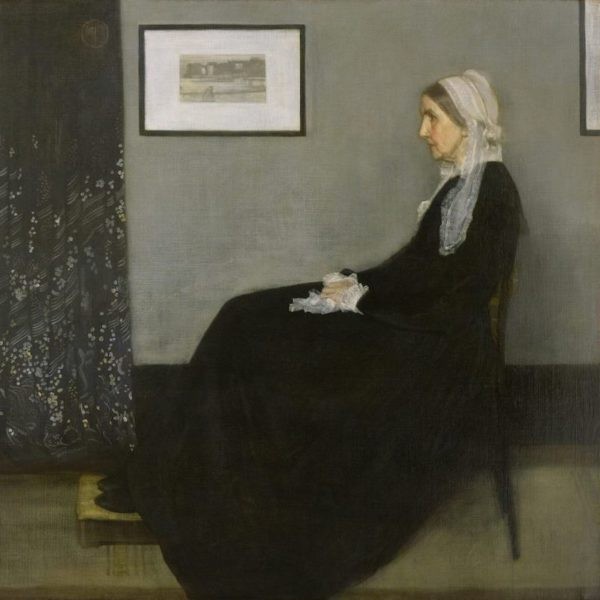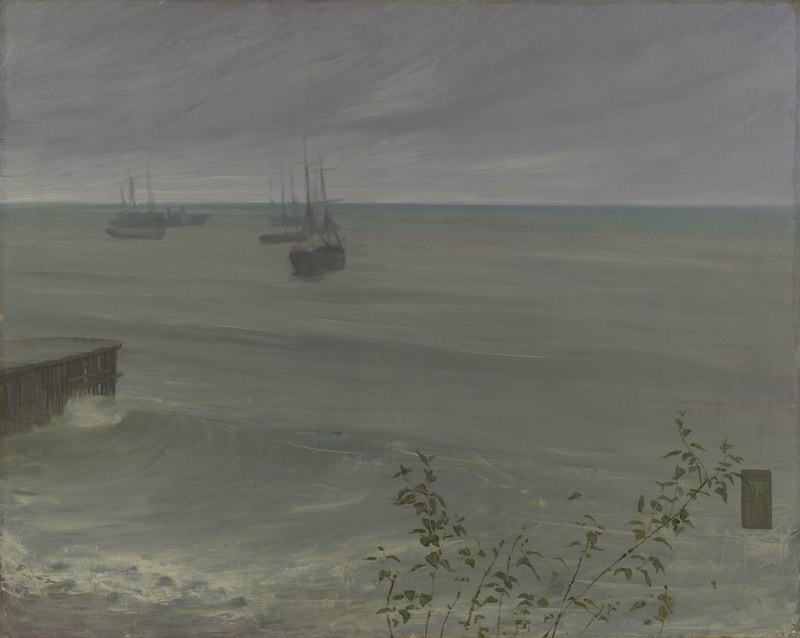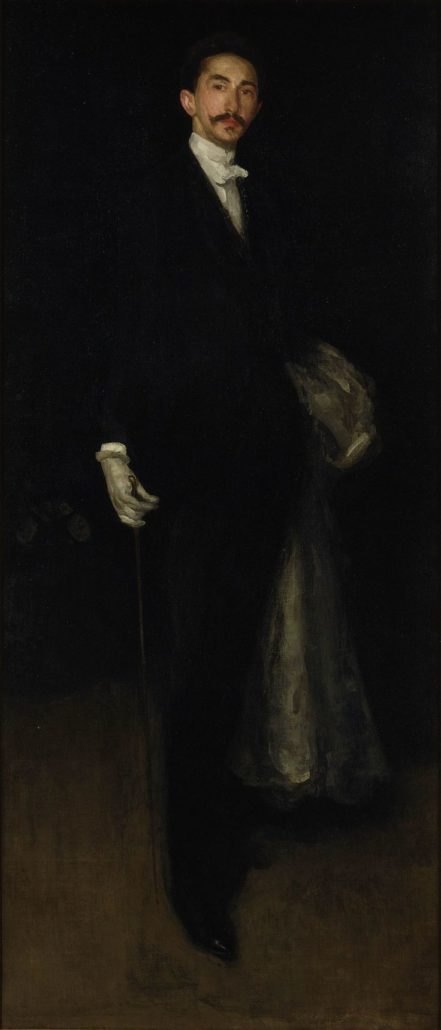James McNeill Whistler
Chefs-d’œuvre de la Frick Collection, New York

The Frick Collection, opened to the public in 1935 in the New York mansion of industrial magnate and collector Henry Clay Frick (1849-1919), is one of the most important museums of European art in the United States. Thanks to the closure of the institution for work and the temporary presentation of the collections at the “Frick Madison” between 2021 and 2023, an important set of works by the American painter James Abbott McNeill Whistler (1834-1903) leaves New York for the first time in more than a century to be presented at the Musée d’Orsay.

Along with the United States and the United Kingdom, France is one of the painter’s three homelands. Born in 1834 in Massachusetts, Whistler apprenticed and began his career in Paris between 1855 and 1859. After his installation in London, the artist kept a privileged link with the Parisian art scene, exhibiting alongside the refused in 1863 and becoming in the 1890s one of the “lighthouses” of the new symbolist generation. In 1891, the French State bought his masterpiece: Arrangement in grey and black: portrait of the artist’s mother. On the same date, Henry Clay Frick built his collection, and in the early 1910s, opened it to the art of the late nineteenth century. He purchased eighteen of Whistler’s works – paintings and graphic arts – making this artist one of the best represented in his collection.

At the Musée d’Orsay are presented the astonishing landscape The Ocean, painted by Whistler during a trip to Chile, three pastels and twelve prints with Venetian subjects, and three large portraits representative of his famous “symphonies in white” and “arrangements in black”: the portrait of Mrs Frederick Leyland (masterpiece of the Aesthetic Movement), the portrait of Rosa Corder, and finally that of the extravagant aesthete Robert de Montesquiou-Fezensac. The latter, one of the last paintings painted by Whistler, is probably the most modern work in Frick’s collection. While the year 2022 is placed under the sign of Marcel Proust, whose centenary of death we will celebrate, this effigy also reminds us of the influence of Montesquiou and Whistler in the development of La Recherche and the creation of the characters of Baron de Charlus and the painter Elstir.



